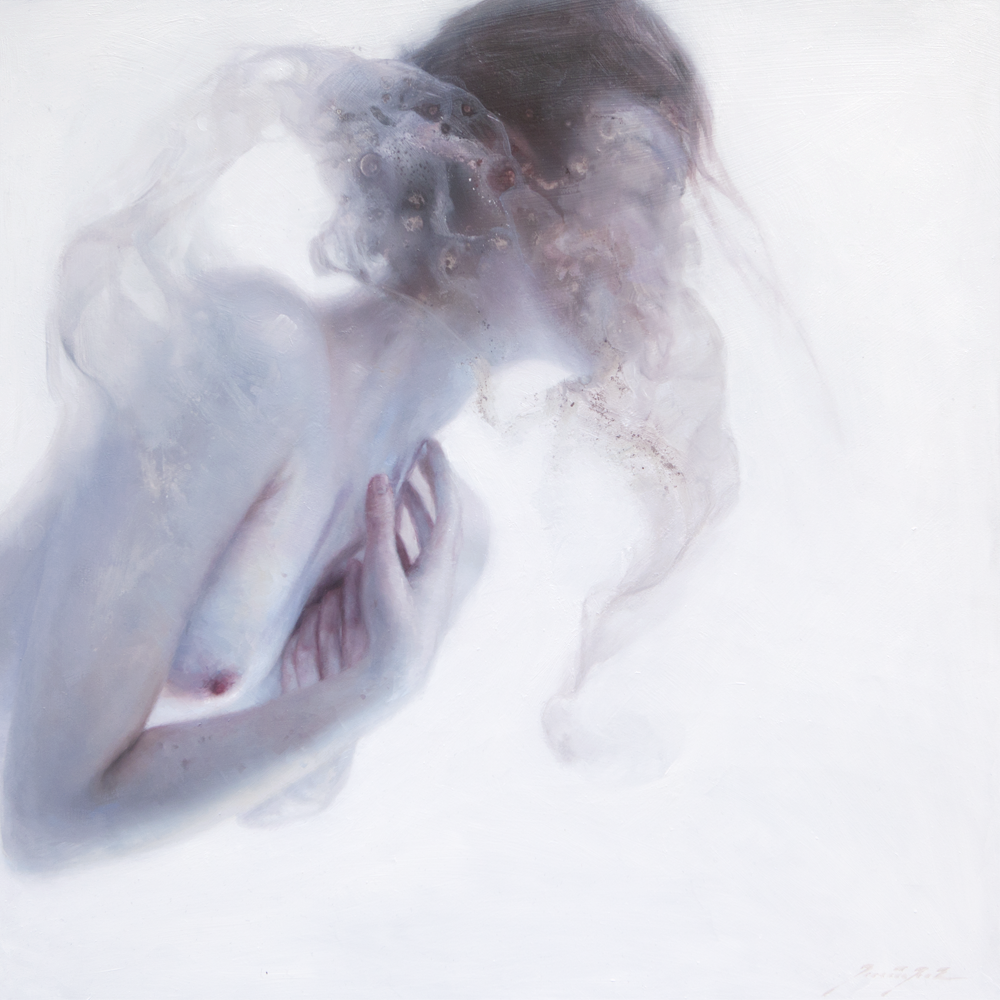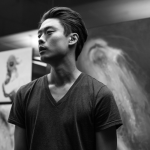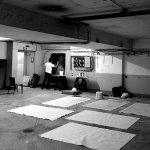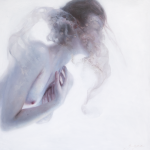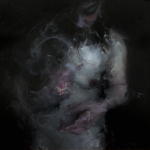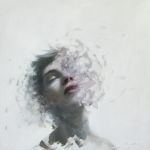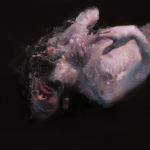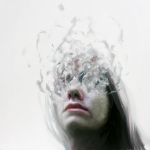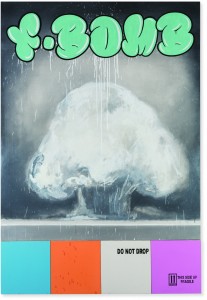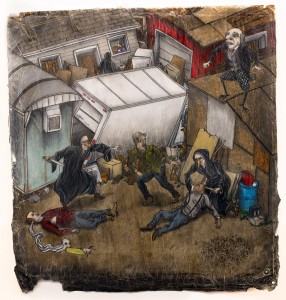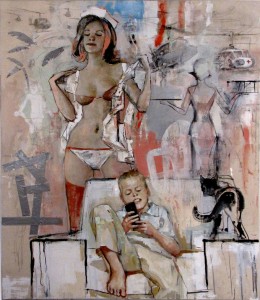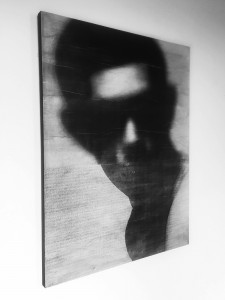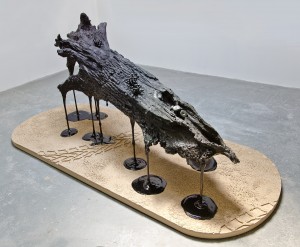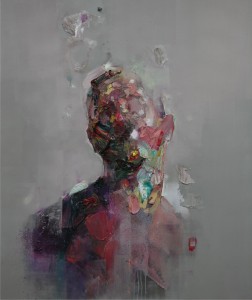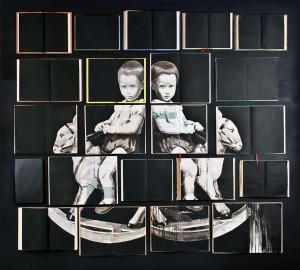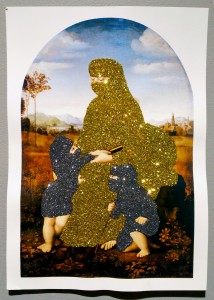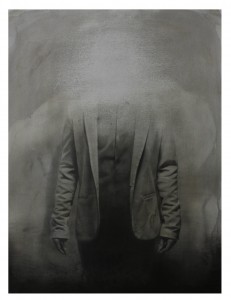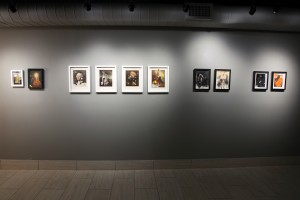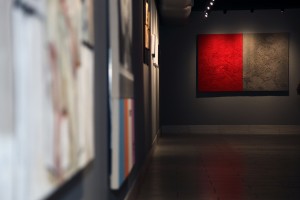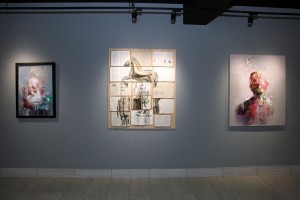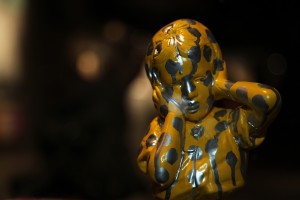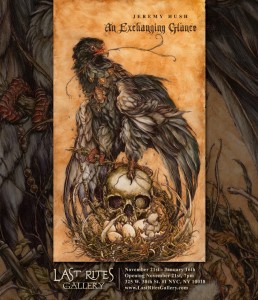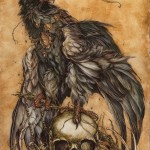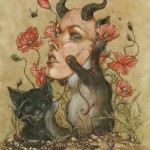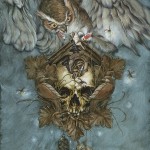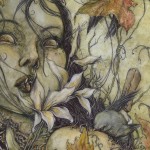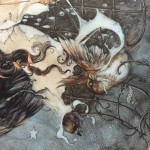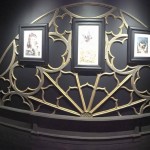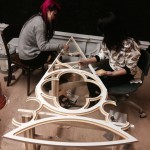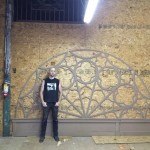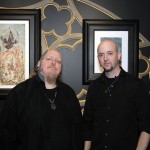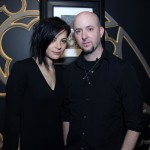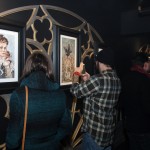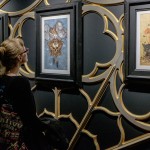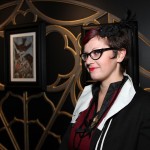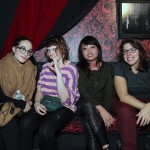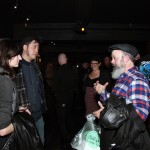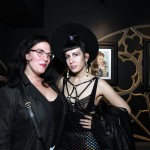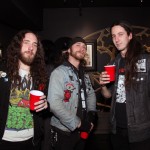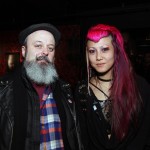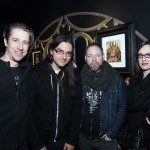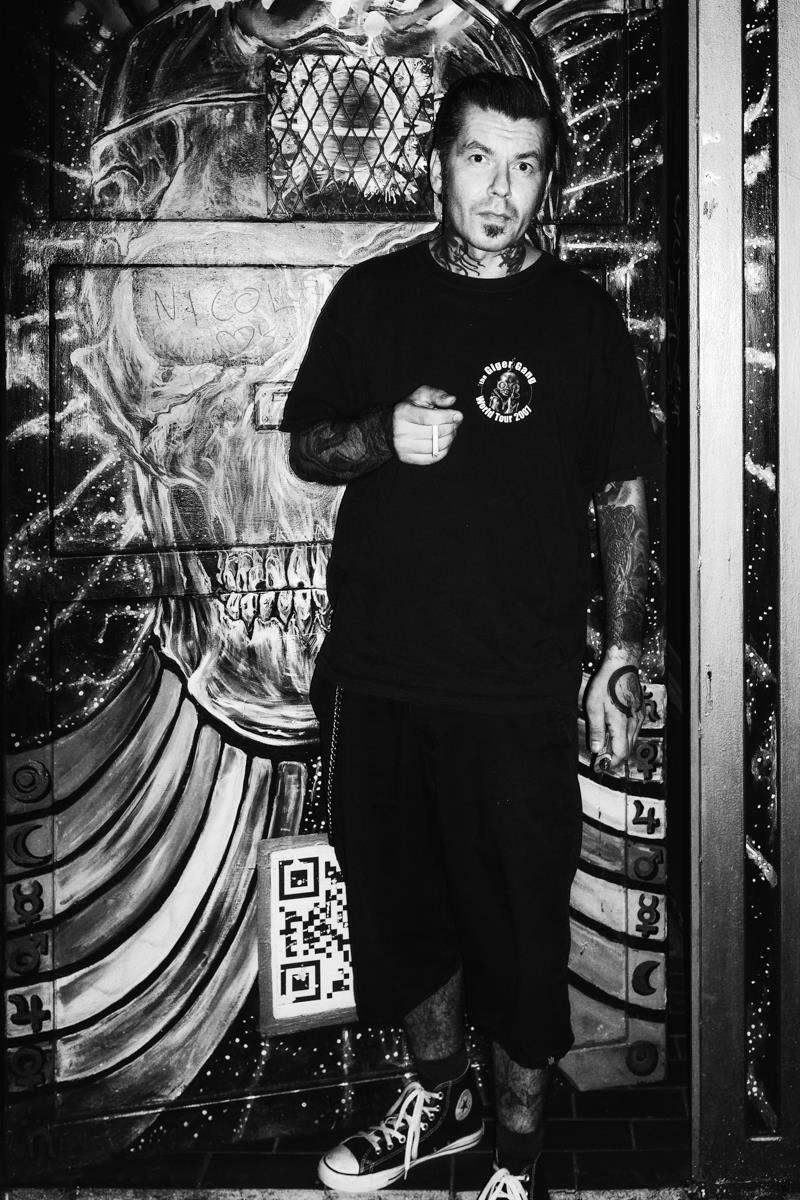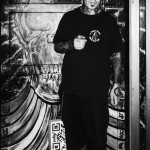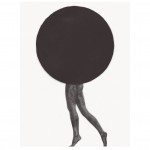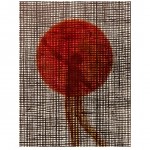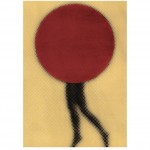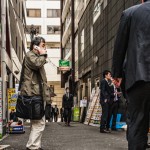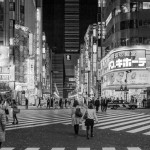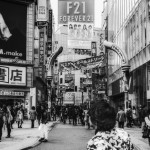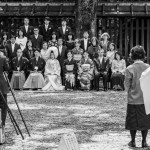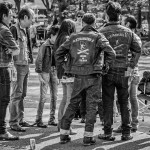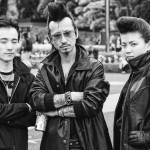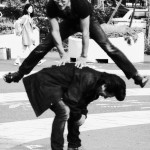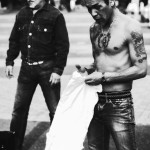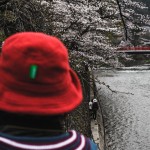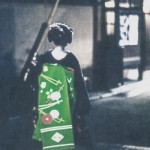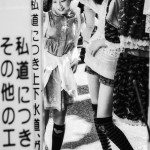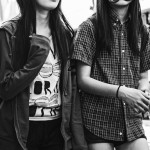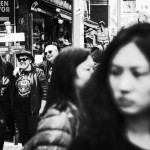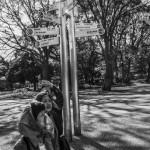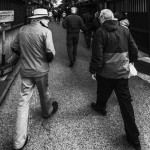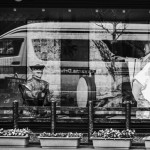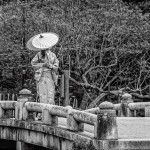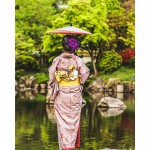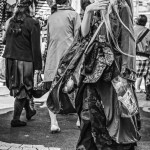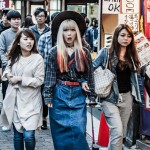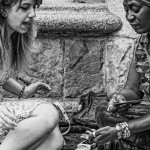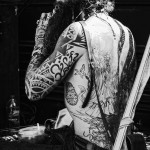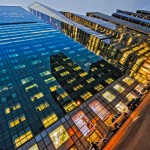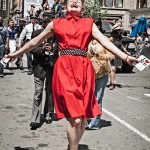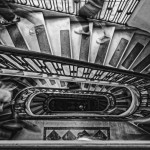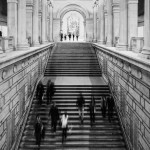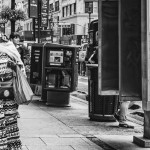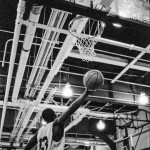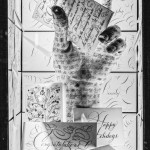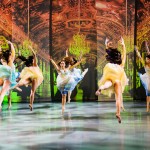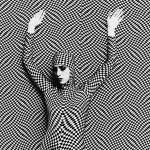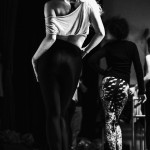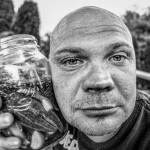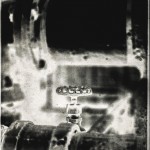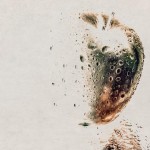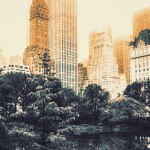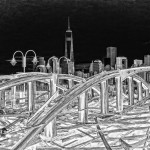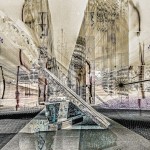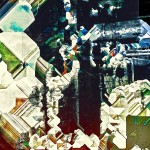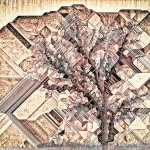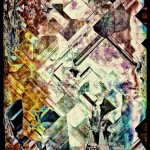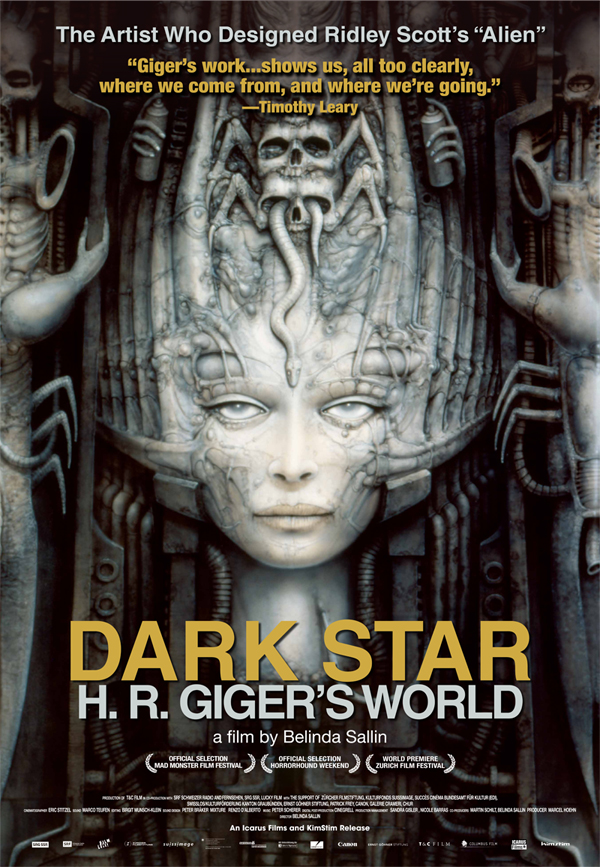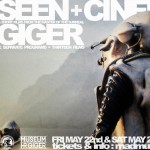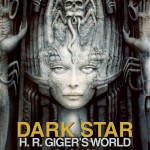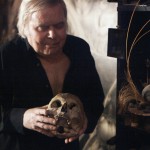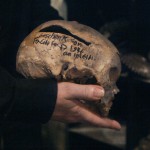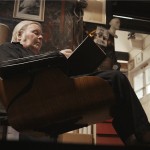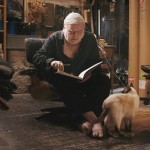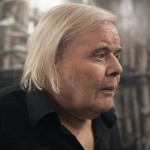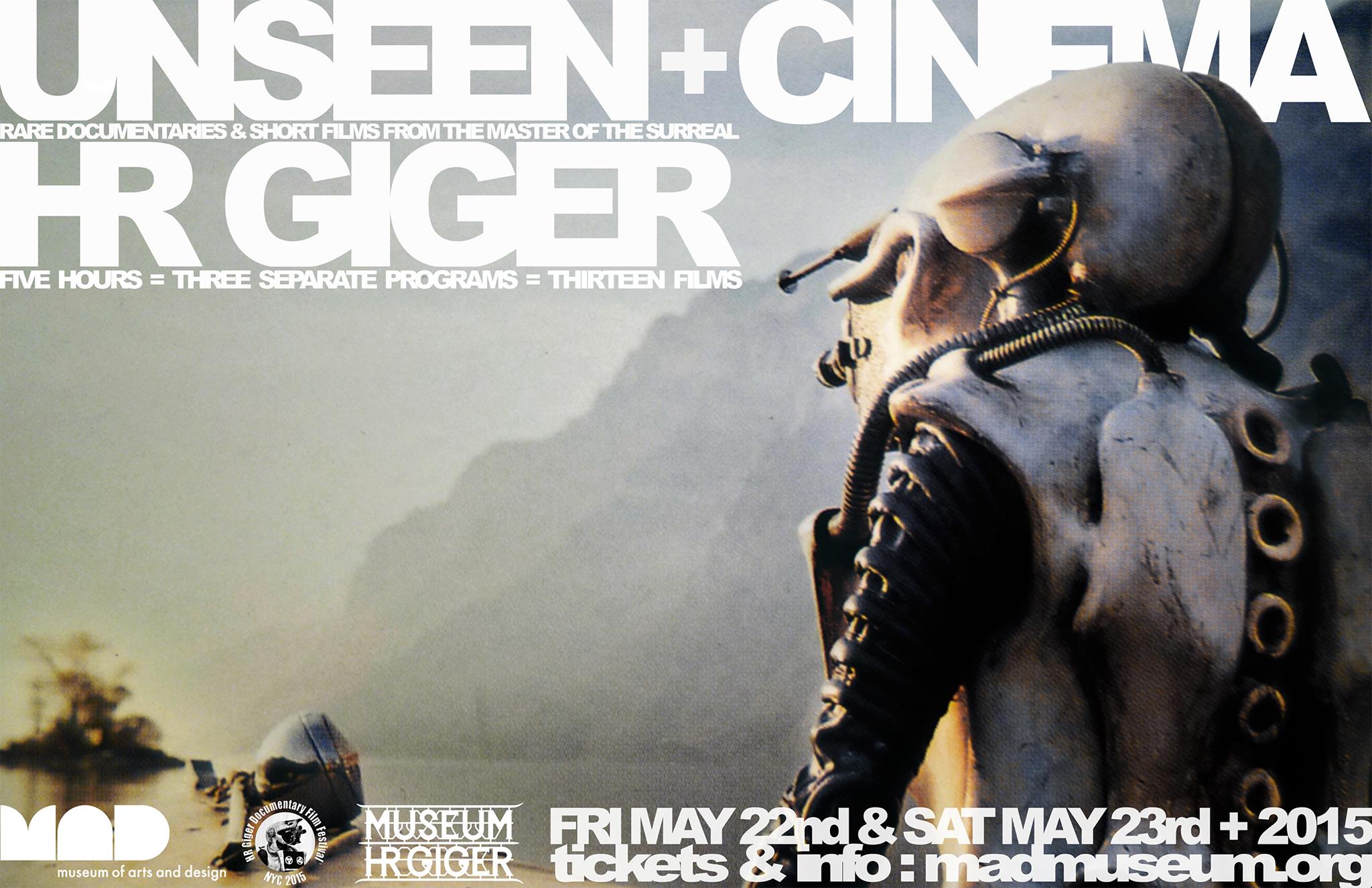14 May – 3 July 2016
Opening Night Reception: 14 May 2016 @ 7pm
Last Rites Gallery
325 West 38th Street
New York, NY 10018 USA
Last Rites Gallery is pleased to announce Rapture, a solo exhibition of works by Henrik Uldalen, on view at 325 W 38th Street from May 14 – July 3, 2016. The opening reception will take place Saturday, May 14th at 7pm. The Norwegian figurative painter’s darkly rendered subjects are cloaked in a dense cloud of charged emotion. Uldalen’s people are often portrayed in frozen, near death-like moments of numbing pain. Yet, his exquisite paintings are ethereal and other worldly.
Henrik Uldalen’s subjects are meticulously produced. His brushstrokes are both expressionistic and invisible to the eye, and his palette of cold ice blues and beiges, ochres and light pinks, is a study in the aesthetics of extreme solitude and suffering. The psychological states Uldalen chases feature subjects who appear to be drifting away from consciousness. Indeed, Uldalen is painting the subtly shifting winds of the human storm – coming to terms with one’s own daimon, the emotional shadow that plays just off to the wings throughout our lives.
“Rapture” is the artist’s painful, but liberating metamorphosis from a set of classical influences he’s grown up with. These newest works, Uldalen says, prevail over the sensation of what he terms a “nihilistic void” that has always accompanied his intensely detailed and emotionally disorienting figurative oil paintings. This series works out a handful of seemingly personal but universal conflicts – from the navel gazing of Narcissus, hypnotized by his own reflection, to the struggles of mythological creatures such as the Minotaur – each indicative of a peculiar state of mind. Uldalen set himself the task of exploring the life-long endeavors of those who recognize they are trapped in the maze of their own ineluctable fates. Uldalen cathartically exorcized these emotionally torn humans with a powerful and clear poetry, a dirge-like refrain perceived in the stoic facial expressions of his male characters as well as the gracious yet dramatic eyes of his female figures. “My art has evolved quite a bit, since I started out painting. I was heavily influenced by classical representational art and Norwegian fairy tales. As a result, the paintings I made back then might be classified as “anachronistic.” While I’m still fascinated by classical art, I have moved away from neo-classical figuration – perfectionism – although what has not changed is the emotional impact my paintings are meant to have on viewers,” says the artist.
Uldalen begins each work with a photo shoot using models, then he experiments with a range of colors that seem to fit the skin tone and unendurable emotion he’s looking to explore. With the last series, Henrik abandoned a previous analytical and structural approach to painting in favor of one more fluid and less mapped out. His portraits are an attempt, he says, to be truer to himself – a looser, more open view towards humanity – but without any dilution of the craft and the expressive technique he’s mastered in the handling of paint.
Henrik Uldalen (b. 1986, Asker, Norway) is a figurative painter based in London, U.K. He has been featured in many publications, including HiFructose and American Art Collector. His work has been showcased across Europe, America and Australia. Uldalen has had group and solo exhibitions at Galleri Ramfjord, Olso, Norway; Thinkspace, Los Angeles, CA; Jonathan Levine Gallery, NYC; Corey Helford Gallery, Los Angeles, CA; Hashimoto Contemporary, San Francisco, CA; Copro Gallery, Los Angeles, CA; BeinArt Gallery, Melbourne, AU; Last Rites Gallery, NYC and Spoke Art, San Francisco, CA.
Henrik Uldalen is also the creator of “Paintguide,” a wildly popular Instagram feed focused on contemporary painting. In 2015 Uldalen curated “Unit’s London Paintguide: the World’s First Instagram Show” for the Unit Gallery in London, UK.
Further info about the exhibition or the gallery, email info@lastritesgallery.com or call Casey Gleghorn (Gallery Director & Curator) at 570-447-5778.
